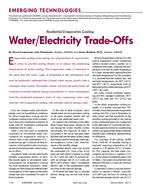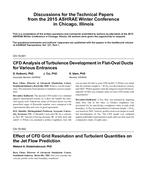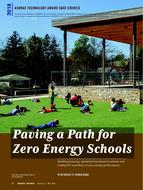Click here to purchase
Providing day natural light into buildings through transparent surfaces is essential and governed by many Green building codes in today’s design; however, controlling the level of daylight illuminance within comfortable level as well as minimizing solar gain is of great challenge. Failing to do so will increase building’s energy demand due to the increase in thermal load, therefore, this will lead to oversized cooling systems with increased electricity bills. Moreover, high level of daylight will lead to glare which would deteriorate occupant’s health and decrease productivity. One of sustainable building design requirement is to harvest daylight while reducing glare at the same time. For this, many techniques have been used solely or combined and are proven to be energy efficient. These techniques vary from geometrical partitioning of space, building orientation, installing low emissivity glazing with internal and external shadings to occupancy and lighting sensors. Implementing above techniques will not only help in decreasing the thermal and electric load, thus increasing energy savings and lowering utility bills, but also will increase occupants’ satisfaction, provide better healthy environment with increased productivity. In this study, three different building types in a hot climate environment, where high levels of solar radiation is available throughout the year, will be studied using a 3D energy analysis and performance modeling software using real climatic conditions. Several test cases would reveal daylight illuminance levels, glare level as well as energy savings associated with each measure applied into the building.
Citation: 4th Intl Conf: Efficient Bldg Design
Product Details
- Published:
- 2020
- Number of Pages:
- 9
- Units of Measure:
- Dual
- File Size:
- 1 file , 1.8 MB
- Product Code(s):
- D-ICEB20-29


